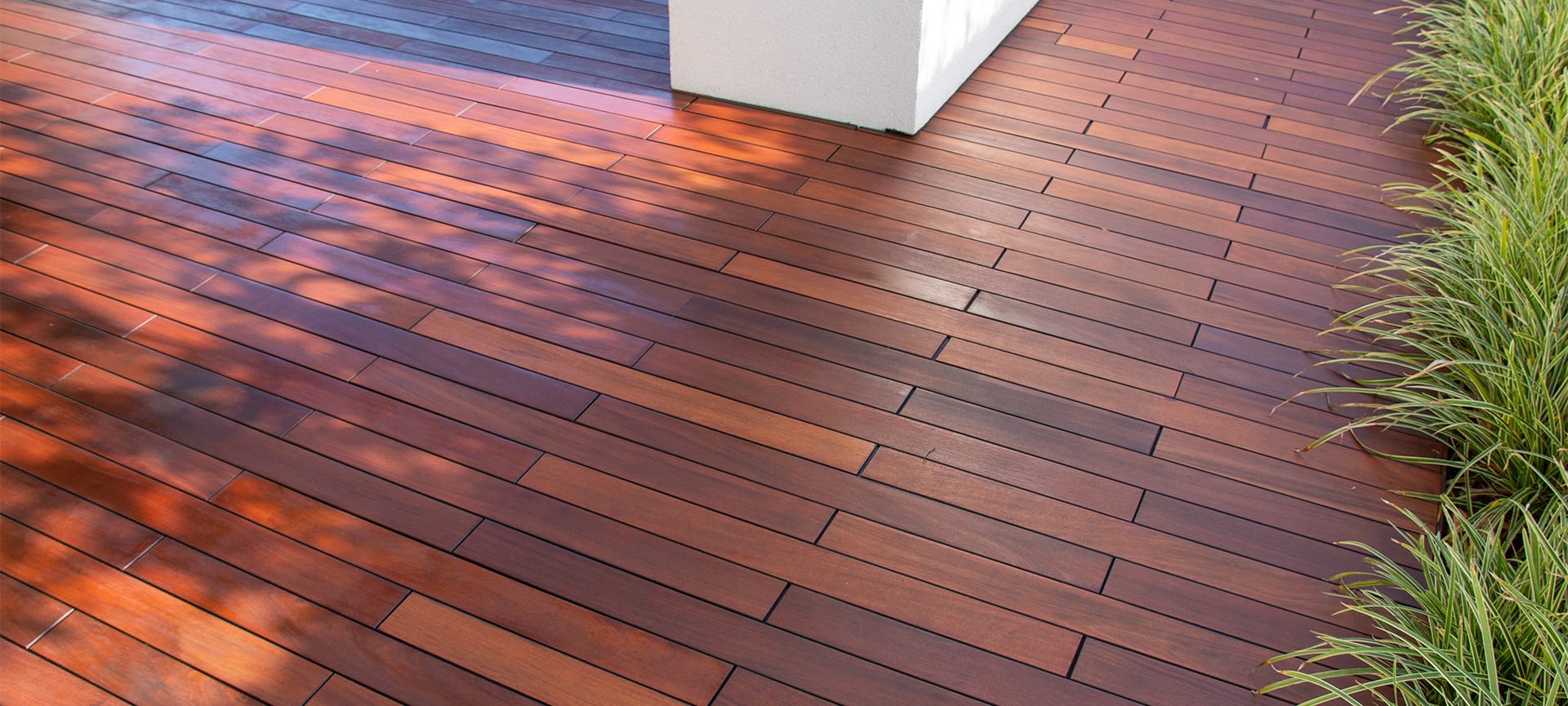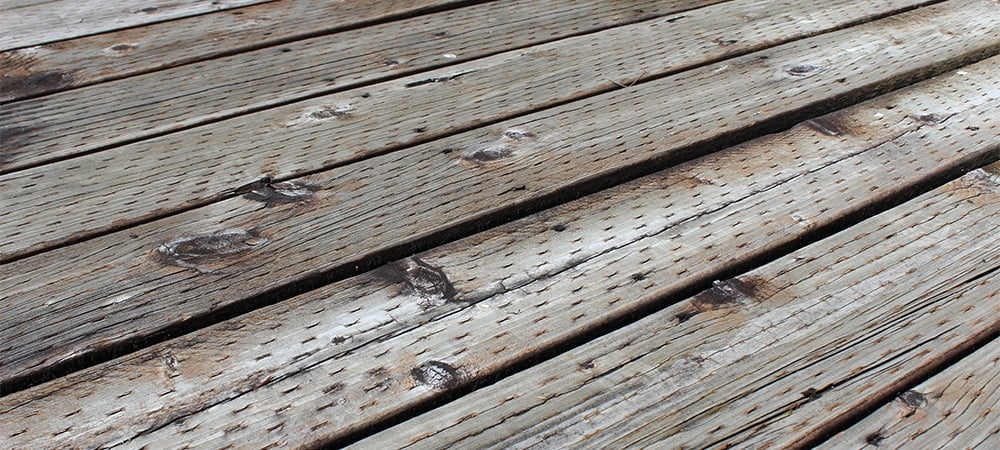How to Prevent Your Deck from Warping

Deck warping isn’t just a cosmetic problem; it can ruin the function, safety, and longevity of your outdoor space. Whether your deck is made of pressure-treated wood, cedar, or composite, warping can lead to uneven surfaces, cracked boards, and costly repairs.
If you’ve invested in a custom deck, the last thing you want is to watch it twist, bow, or cup after a single season. The good news? Warping is preventable with the right materials, construction methods, and ongoing maintenance.
Quality deck construction starts with the right materials, expert planning, and skilled craftsmanship to ensure long-lasting beauty and durability.
Here’s a straight-talking guide on how to stop deck warping before it starts, based on what we’ve seen work across hundreds of deck projects in the Greater Toronto Area.
Related Article: How Long Does a Deck Last? Lifespan by Material
Why Decks Warp
Before we talk about prevention, it helps to understand the cause.
Warping is almost always caused by moisture imbalance. When one side of a deck board dries faster than the other—or absorbs more water—it begins to change shape. That’s when you get cupping, bowing, or twisting. High humidity, direct sunlight, and poor air circulation can make this worse.
The type of wood matters, too. Some woods are more prone to movement. So does how the wood was dried, stored, and installed. Even small mistakes early on can lead to visible damage within a year.

Choose the Right Materials from the Start
Warp prevention begins with smart material choices. Let’s look at the range of materials, each with different benefits.
Pressure-Treated Wood
This is the most affordable option and widely used in the GTA, but it must be properly sealed and maintained. If it’s left raw and exposed, it will warp quickly, especially in humid summers and icy winters.
Cedar
Naturally resistant to rot and insects, cedar is more stable than many softwoods. Still, it needs sealing and should be installed with the grain facing the right way to reduce cupping.
Composite
Composite decking (like Trex or TimberTech) is engineered to resist warping, rot, and moisture damage. It costs more up front, but for homeowners looking for long-term results with minimal upkeep, it’s often the best solution.
Pro Tip: Never use low-grade lumber for decking. Saving a few bucks on material costs can lead to years of headaches. Warping is common in poor-quality or improperly stored boards.
Related Article: How to Clean Trex Decking
Proper Installation Is Everything
Even high-quality wood can warp if it’s installed poorly. A good build prevents warping by managing water flow, allowing airflow, and supporting boards correctly.
- Let the Wood Acclimate
Wood should be stored on site for a few days before installation to let it adjust to local moisture levels. Installing boards straight off the truck is asking for warping later.
- Space Your Boards Correctly
Deck boards need room to expand and contract with changing temperatures. If you space them too tightly, they can trap moisture. If you leave too much space, the boards may shift and become unstable.
- Use the Right Fasteners
Hidden fasteners or screws placed properly (not too close to the edges) help secure boards without stressing them. Fasteners that are too tight or unevenly driven can cause warping or splitting.
- Provide Good Ventilation
Decks need to breathe. Air should flow freely underneath to prevent moisture buildup. This is especially important if your deck sits low to the ground. A well-ventilated structure dries faster and lasts longer.
Seal and Protect the Surface
Sealing your deck is one of the easiest and most effective ways to stop water from seeping in and causing uneven drying.
- Use a Quality Sealer
Clear or tinted sealers protect wood from UV rays and moisture. You should reapply every 1–2 years, depending on exposure. If you notice water soaking into the wood instead of beading up, it’s time to reseal.
- Cover End Grains
The ends of wood boards absorb water faster than the flat surfaces. Sealing the ends helps reduce moisture imbalance and protects against cracking and cupping.
- Don’t Skip the Underside
Most people seal only the top of their deck. That’s a mistake. Moisture enters from below, too, especially in damp Ontario conditions. If you want real protection, seal all sides before installation.
Keep the Deck Clean and Dry
Ongoing maintenance is key. Even a perfectly built deck can warp if it’s never cleaned or exposed to water year-round.
Sweep Off Debris
Leaves, dirt, and organic debris trap moisture and encourage mould. Regular sweeping helps your deck dry out after rain and prevents long-term water exposure.
Wash Seasonally
A gentle wash in spring and fall clears off grime and allows you to inspect the surface for early signs of warping or cracking. Avoid pressure washing softwoods like cedar, as it can damage the grain.
Don’t Let Snow Sit
In the GTA, snow loads are real. Don’t let snow pile up and stay for months. It soaks into the wood and increases the chances of movement. Use a plastic shovel to gently clear it.
Related Article: How to Make Your Deck Slip-Resistant

Watch for Early Signs of Trouble
Catching warping early means you can act before the problem spreads.
Look for:
- Boards that are starting to twist or lift at one end
- Cracks or splits near fasteners
- Uneven spacing or edges pulling up
- Soggy or discoloured areas
If you catch a warped board early enough, it may be possible to correct it by re-fastening or replacing it. Left alone, though, one warped board can affect the structure around it.
Get Professional Help for Repairs or Rebuilds
Sometimes, warping is a sign of deeper structural issues — poor drainage, substandard materials, or improper framing. In these cases, patching won’t cut it.
If your deck is more than five years old and showing widespread warping, it may be time for a resurfacing or rebuild. An expert contractor can assess what’s salvageable and what’s not. At Green Side Up, we often find that replacing just the decking boards while preserving the existing frame is a cost-effective way to restore your deck and protect your investment.
A new deck may seem like a big decision, but compared to ongoing repairs and safety risks, it can be the smarter option in the long run, especially if you switch to a more stable material like composite.
Related Article: How Does a Deck Add Home Value?
Make Your Deck Last
Decks are meant to be enjoyed and not stressed over. Whether you’re hosting summer get-togethers or just looking for a quiet place to unwind after work, your deck should stay solid, safe, and beautiful year after year.
Preventing warping comes down to three things: smart material choices, expert installation, and consistent care. If you start with a solid plan and stay ahead of moisture issues, your deck will stay flat, strong, and ready for every season.
Not sure if your current deck is showing signs of warping or if your next one should be built differently? Getting advice from an experienced contractor can help you make a confident, informed decision that pays off in the long run.
Reach out today for a consultation and make the most of your outdoor space.
